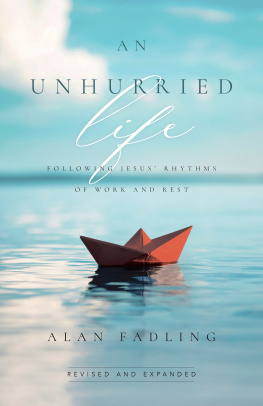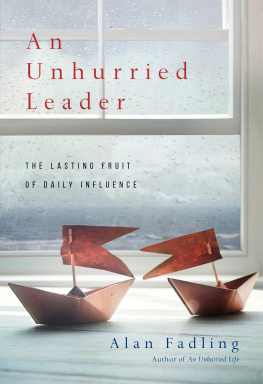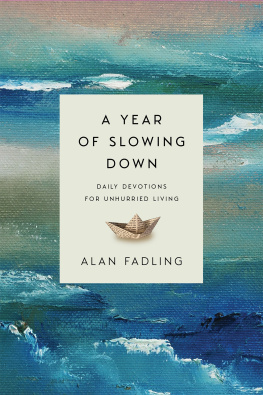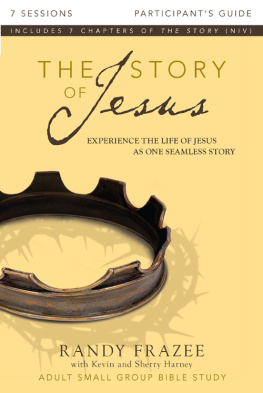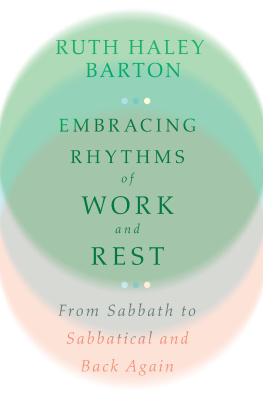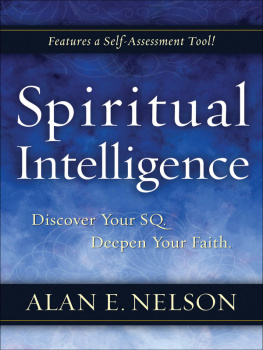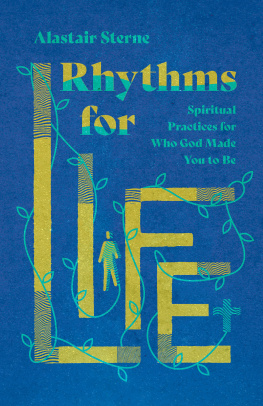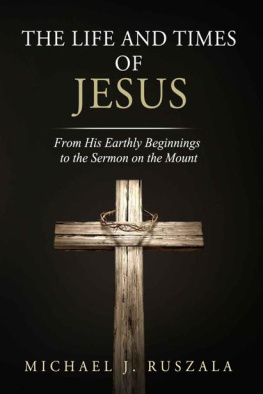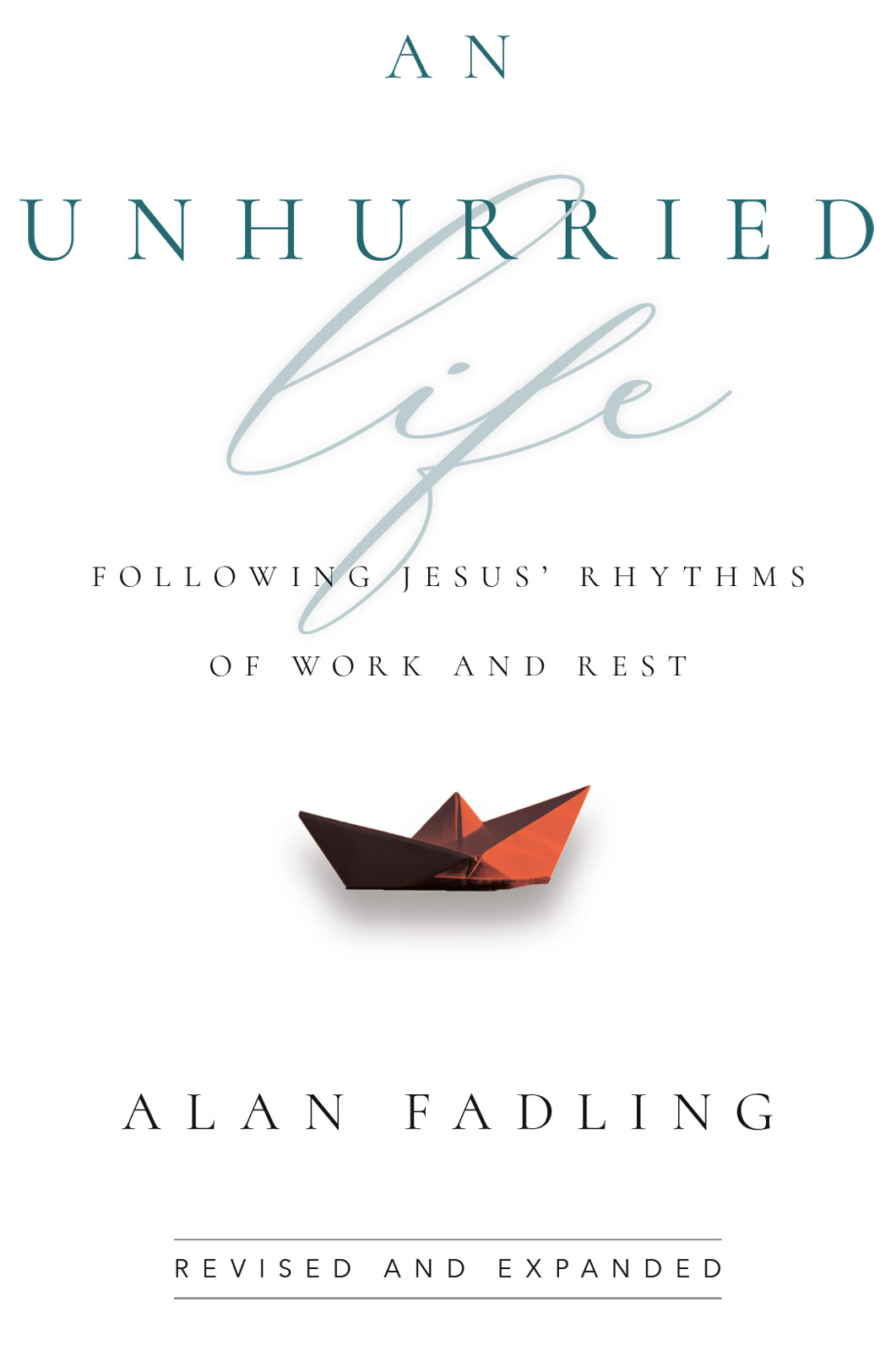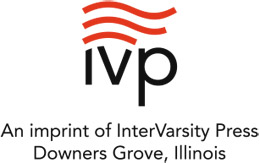Sommaire
Pagination de l'dition papier
Guide
InterVarsity Press
P.O. Box 1400, Downers Grove, IL 60515-1426
ivpress.com
Second edition 2020 by Alan Fadling
First edition 2013 by Alan Fadling
All rights reserved. No part of this book may be reproduced in any form without written permission from InterVarsity Press.
InterVarsity Press is the book-publishing division of InterVarsity Christian Fellowship/USA, a movement of students and faculty active on campus at hundreds of universities, colleges, and schools of nursing in the United States of America, and a member movement of the International Fellowship of Evangelical Students. For information about local and regional activities, visit intervarsity.org.
All Scripture quotations, unless otherwise indicated, are taken from The Holy Bible, New International Version, NIV. Copyright 1973, 1978, 1984, 2011 by Biblica, Inc. Used by permission of Zondervan. All rights reserved worldwide. www.zondervan.com. The NIV and New International Version are trademarks registered in the United States Patent and Trademark Office by Biblica, Inc.
While any stories in this book are true, some names and identifying information may have been changed to protect the privacy of individuals.
Cover design: Cindy Kiple
Interior design: Beth McGill
Images: Marco Martins / EyeEm / Getty Images
ISBN 978-0-8308-4818-8 (digital)
ISBN 978-0-8308-4672-6 (print)
This digital document has been produced by Nord Compo.
PREFACE TO THE REVISED AND EXPANDED EDITION
Im still a recovering speed addict. Finding freedom from my bad habits of soul hurry continues to be a critical pursuit in my life and work. Like my friends in recovery from addictions to alcohol, drugs or other dynamics in their lives, Ive found that my recovery continues to be a one-day-at-a-time journey. Ive come to expect that this will be true for the rest of my life.
Pursuing an unhurried life in the spirit of Jesus has proven far more fruitful than I imagined when I first wrote this book. Im finding these insights to be a catalyst for soul health and productive work for people I interact with around the world.
Ive had the opportunity to talk about these insights with people in many different organizational, cultural and international contexts. Im grateful to find that the idea of living unhurried with Jesus is not only helpful in a Western context, but it appears to be a universal human experience.
The insights of , Rest: The Rhythm of Creation, continue to be key for me. For example, I still wrestle with a tendency to numb rather than rest. Of course, the challenge is that when we numb, we no longer feel tired. But when the numbness wears off, we are just more tired. This tempts us to even more numbing. It can become a debilitating cycle.
When we numb our tiredness, its never a local anesthesia. Numbing affects every facet of our lives, and this often causes us to be asleep and susceptible to misguided impulses and inclinations. My habit of numbing can also look like escaping, self-distracting, avoiding or hiding. Im learning what real rest looks like, how it awakens me to the presence of God with me, and how I find creativity, energy, vision and courage to engage my life and my work more fruitfully.
My conviction has deepened that rest really does come first and that it is the fertile soil in which the best kind of kingdom work grows. No matter where I go around the world, Im seeing this work produce good and lasting fruit. Rest first is proving to be the seminal idea in this book that is gaining the most traction.
When An Unhurried Life was published seven years ago, there were two main sources for the ideas it contained. First and foremost there was biblical work I had done in the Gospels, reflecting on the life of Jesus and whether, as Dallas Willard had suggested, he was relaxed. Working with a vision of Jesus as relaxedas unhurriedbecame a critical place of learning, insight and, eventually, teaching for me in my leadership development work.
The second source of ideas and content were a few core presentations I had been giving for years. I had been speaking on themes such as how rest and work relate, how God prunes the fruitful branch so that it will become even more fruitful, and how we cooperate with God in the journey toward wholeness, holiness and maturity.
A few years ago, my wife, Gem, and I began to receive more and more invitations to speak and train on the core ideas of An Unhurried Life. As a result, we launched a new nonprofit called Unhurried Living as a home for this growing work. It has felt like a place where the convergence of our life with God and our work with God can grow and develop.
If I were to guess, the challenge of living unhurried inside when our culture is so hurried on the outside has only increased. I believe the insights of this book are more needed today than they were seven years ago.
In addition to this new preface, this revised and expanded edition has a new appendix with some five-minute practices that have been helping me unhurry during my busy days. Also new is a group guide to complement the original reflection questions at the end of each chapter. These additions will guide you in putting into practice the insights of An Unhurried Life.

A FRENETIC LIFE
I m a recovering speed addictand I dont mean the drug. Im talking about the inner pace of my life. I always seemed to be in a hurry. I was the guy who looked for the fastest-moving lane on the freeway, the shortest checkout line at the grocery store and the quickest way to finish a job. Its probably pathological. But, like you, I also live in a hurried culture. Im not the only one trying to get there more quickly and do things faster. In fact, there is little incentive out there to slow down. And the pace in the church doesnt seem all that different from the pace in the world around us.
My journey of recovery, my journey toward a more unhurried life, began when I was in my twenties. At the time I was a full-time college pastor, a full-time student at Fuller Theological Seminary and a new husband. Im sad to say my priorities were pretty much in that order. I hadnt been in ministry long when a crisis hit. I was convinced that God had invited me to serve his purposes as the focus of my vocational life. But I also knew that I wouldnt be able to continue to do ministry or to live life in the manner or at the pace I had been maintaining. I knew I wouldnt be able to last for many more years or even months, let alone for three or four more decades. My lifestyle was unsustainable. Only in my twenties, I was already showing signs of burnout.
It was at that time that I enrolled in a new Fuller Seminary course titled Collegiate Leadership and Discipleship. My position as a college pastor made the class an obvious choice. While Im sure I gained many good insights into leading a college ministry, those arent what I remember. Instead, I remember that built into the course were a couple of daylong retreats that gave me an extended time of solitude and silence with God. The first retreat provoked in me withdrawal-from-busyness symptoms rivaling those of drug addicts during their first week of rehab. I didnt know what to do with myself if I wasnt solving something, going somewhere or helping someone. The hurried pace of my inner life was exposed. There was nothing I could do at the retreat center except listen and no one I could be with except God himself. That retreat marked the beginning of a journey I have now been on for more than twenty years. And Im still in recovery.

